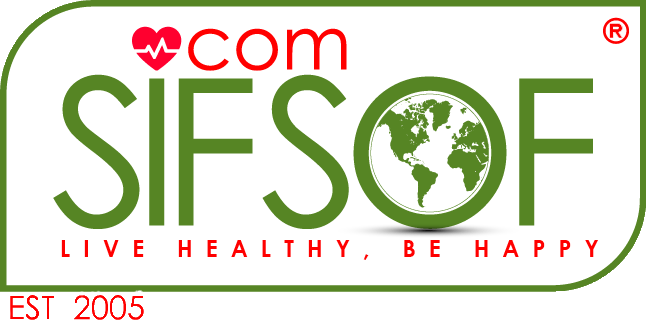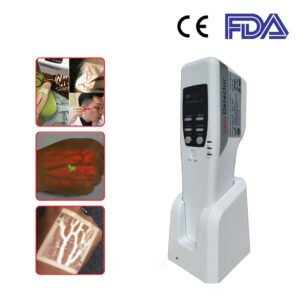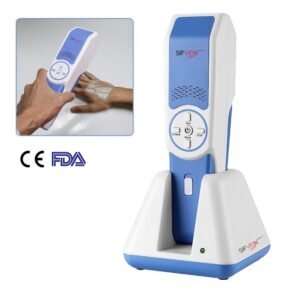Vein Finder Improves Success Rate
Injection seems to be a very simple action, but even for medical professionals, it is quite a challenge. Especially when encountering some patients with obesity, small blood vessels, or fragile, venipuncture is more difficult. For these reasons, a vein finder is a very important equipment in a hands of a medical professional.
According to statistics, the failure rate of the first attempt of venipuncture: 10%-20% of adults, 40% of children. 58% of the patients were not satisfied with the nurse’s venipuncture level. Improper operation of venipuncture will not only make the patient suffer the pain of needle insertion many times but also may cause phlebitis, blood vessel obstruction, or other complications.
So, is there any way for medical staff to accurately find subcutaneous veins and improve the success rate of venipuncture? The hand-held vein finder device is simple to use and can detect veins up to 10mm beneath the skin via infrared light.
This cutting-edge piece of equipment can map veins immediately. It gives a current reading of the most easily accessible veins to minimize the patient’s discomfort during injections, IVs, and other bloodwork. It takes the guesswork out of finding veins by providing a highly visible and easy-to-read representation of where a patient’s veins are located.
Practitioners can see the blood vessels of 10 mm under the patient’s skin. In addition to the surrounding veins and their branches, doctors can also see the flaps of blood vessels and the flow of blood, as well as the flow of drugs in the blood vessels. If the patient has phlebitis or varicose veins, the internal thrombus can be clearly seen through the vein finder.
The working principle of most vein imaging devices is to use the difference between the absorption of near-infrared light by deoxyhemoglobin in the surrounding tissues and veins, to undergo photoelectric conversion and image processing, and then position and project onto the patient’s skin in real-time.
This way, the success rate of the first venipuncture of medical staff can be significantly improved, the puncture time can be shortened, thereby reducing the trauma and pain of the patient, reducing the risk of infection, allowing the patient to get medication or liquid treatment faster, and winning the rescue time.
[launchpad_feedback]



